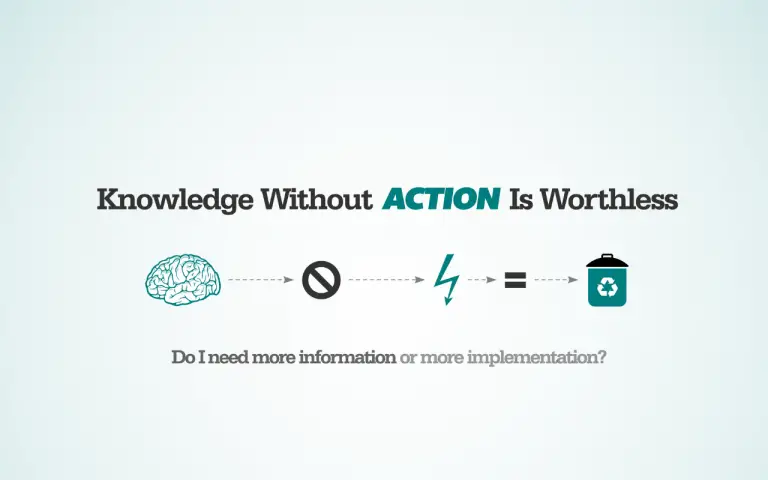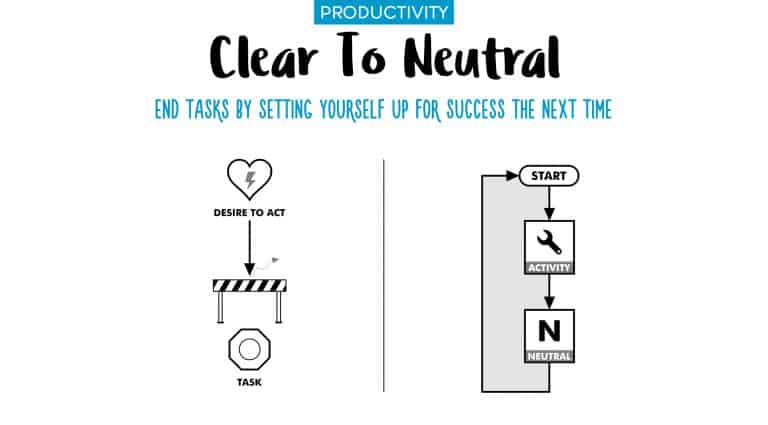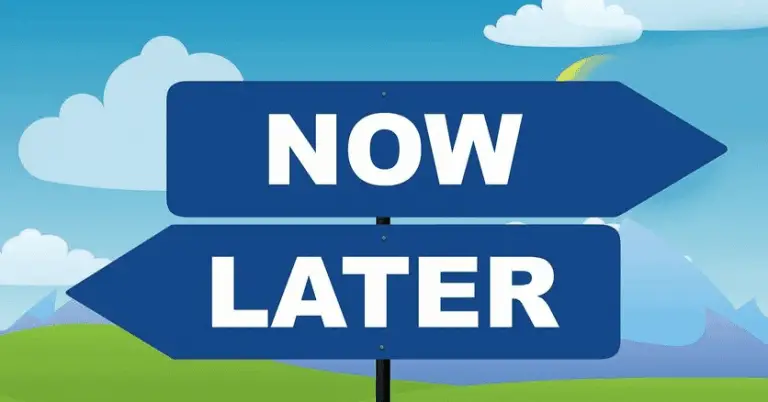How to plan your tomorrow today
No one ever said that adulting was easy. In fact, it can be downright hard. One of the hardest parts is trying to stay organized and on top of everything. A great way to do this is by planning tomorrow today.
This means taking a few minutes at the end of your day to plan out what needs to get done tomorrow. This can help you stay on track and avoid feeling overwhelmed.
“Don’t start your day until it is finished on paper.” – Jim Rohn
Plan Tomorrow Today Express It
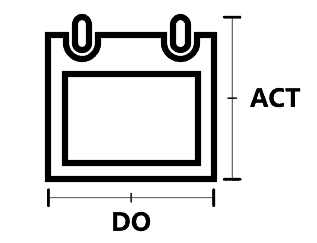
Speak ItSpeak what’s below out loud, with enthusiasm, certainty, and belief. Improvise what you say as much as you want (actually, this is preferred). Visualize what you say – see it in your head before the words leave your lips. Brackets contain instructions that explain DO something specific to do.
- Every day – at the end of your workday, you spend 3-5 minutes creating a simple written plan for what you will accomplish tomorrow.
- You write your tasks down and plan them out, either on paper or digitally. You do this because there’s a huge difference between trying to manage/remember tasks in your head and writing them down:
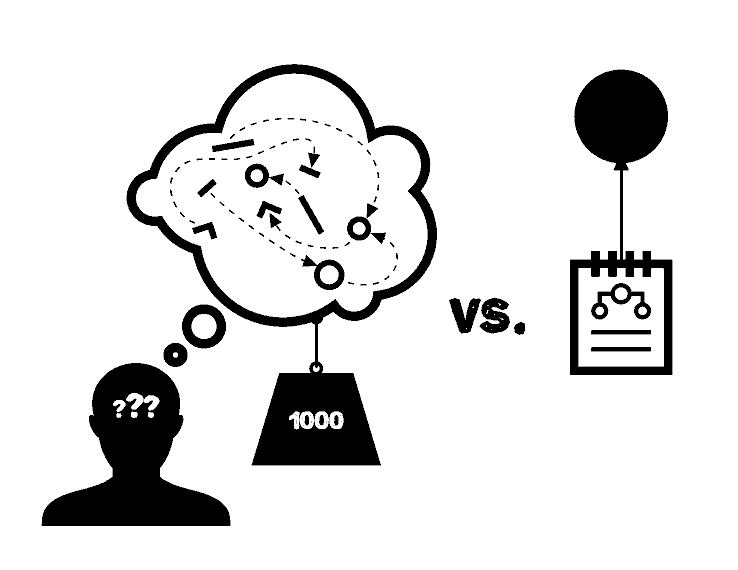
- When tasks are only in your head, it’s hard to visualize them in a useful, structured way that you can act on. When they’re written down, you easily see how many tasks there are, what they involve, and the order they need to be done.
- When tasks are only in your head, they feel big, overwhelming, and endless.
When they’re written down, you see them as manageable and within your ability to get done. - When tasks only in your head, they always weigh on your mind, constantly pestering you for attention, so that you don’t forget them. When they’re written down, you can forget about them, and focus more on your mental energy on taking action!
- Creating a plan today, even a simple one, for what you will accomplish tomorrow:
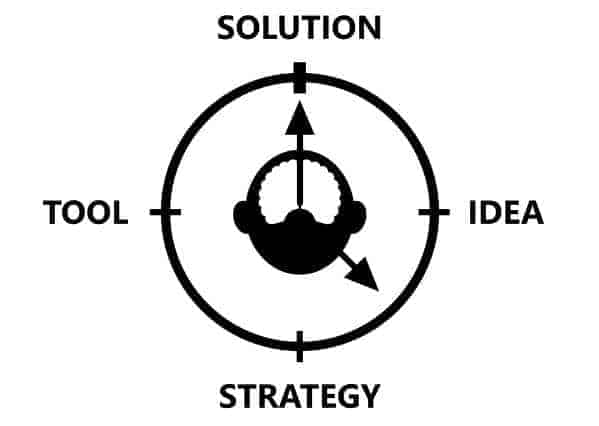
- Puts you in control: It helps you rationally decide what you’re going to do when you’re going to do it, and for how long. This means you spend less time reacting to unplanned events and distractions that show up, many of which have the potential to increase stress and destroy your productivity.
- Activates your brain’s power to find answers: It allows your brain to understand, in advance, exactly what you want to accomplish, which gives it time to work in the background to find solutions, creative ideas, and strategies that help you accomplish those things the best way possible (see graphic).
- Gives you clarity: It helps you clearly see everything you want to do, which gives you the confidence and desire to act on your plan. Without clarity, there is confusion/unknowns, which feeds fear and procrastination.
- It may seem like spending 3-5 minutes to create a simple plan may not be worth the time and effort, but in reality, investing less than 1% of your time today to plan for tomorrow, makes you 10 times more efficient tomorrow, when you work my plan – it’s worth it!
- It is a really bad idea to charge into your day totally unprepared, that’s why you don’t do it!
- When you:
- Get to the end of your workday
- Then you will:
- Spend 3-5 minutes reviewing your calendar and list of things to do, and create a simple action plan (things you want to get done) for tomorrow. With each item on my action plan, you will:
- Begin with an action word (verb), such as Create…, Review…, Prepare…, and so on.
- Include some details about each task (names, people, places, etc.), but still, keep it simple.
- Describe out loud the basic steps you will take to complete the task, and what you will feel like when the task is complete (see graphic).
- Spend 3-5 minutes reviewing your calendar and list of things to do, and create a simple action plan (things you want to get done) for tomorrow. With each item on my action plan, you will:



